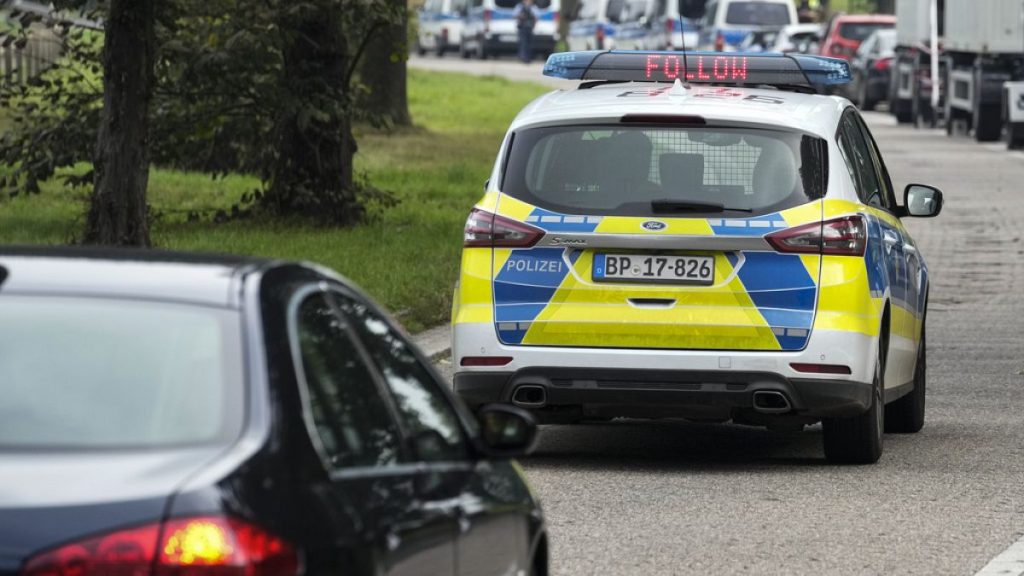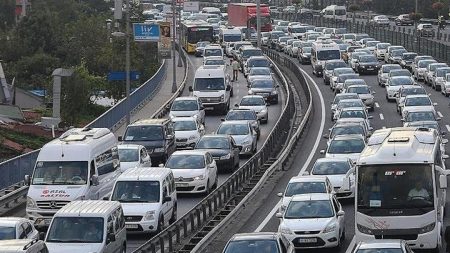Germany has reinstated border checks at all land crossings on its nine borders in order to curb migration and tackle crime. This decision came after the country decided to reintroduce temporary border checks, effectively putting a hold on the Schengen free-movement zone in Europe, mostly among EU member states. The goal of these measures is to curb migration and protect against the acute dangers posed by Islamist terrorism and serious crime, according to Interior Minister Nancy Faeser. The head of Federal Police Inspectorate of Aachen, Richard Koester, stated that controls will be carried out in a 30 km deep border space, with varying intensity at different times and locations.
German border police cars and vans have been gathering at various border crossings, such as the one from Belgium into Germany, to carry out passport checks. The same deployment is expected at all nine land borders. While the controls are planned for six months, they may extend further in the future. Officials and diplomats in Brussels have expressed dismay at the move, suggesting that it is aimed at a domestic audience. Despite the implementation of these new control points, there have not been any traffic jams reported. Travellers can help speed up the process by having their travel documents ready before crossing the German border, as spot checks may still occur.
The decision to reintroduce border controls in Germany has raised concerns and criticism from various parties. Some view it as a necessary step to curb migration and tackle crime, while others see it as a move aimed at domestic politics. The European Union’s principle of freedom of movement is being challenged by these temporary border checks, which go against the ideals of the Schengen agreement. However, German officials justify the measures as necessary to protect against the threats posed by terrorism and serious crime.
It is important to note that these border controls are not expected to have a uniform intensity at all times and locations. The head of the Federal Police Inspectorate of Aachen emphasized that measures will be implemented flexibly to respond to potential threats. While there may be a heightened presence of border control in certain areas, the intention is to cover the entire border space effectively. Travellers should be prepared for possible passport checks and have their documents ready to facilitate a smoother crossing.
The reintroduction of border checks in Germany reflects a broader trend in Europe, where countries are grappling with issues related to migration and security. The Schengen agreement, which allows for passport-free travel within most EU member states, is being tested by the resurgence of border controls. This move by Germany highlights the complex challenges faced by European countries in balancing security concerns with the principles of freedom of movement. It remains to be seen how long these temporary measures will last and what impact they will have on cross-border travel and trade.
Overall, the reinstatement of border controls in Germany underscores the ongoing debates and tensions surrounding migration, security, and border management in Europe. The decision to implement these measures has sparked mixed reactions, with some supporting the move as a necessary security precaution and others viewing it as a step backwards in terms of European integration. As countries continue to grapple with these complex issues, the future of border controls and the Schengen agreement remains uncertain. It is clear that finding a balance between security concerns and the principles of freedom of movement will be a key challenge for European policymakers in the years to come.















